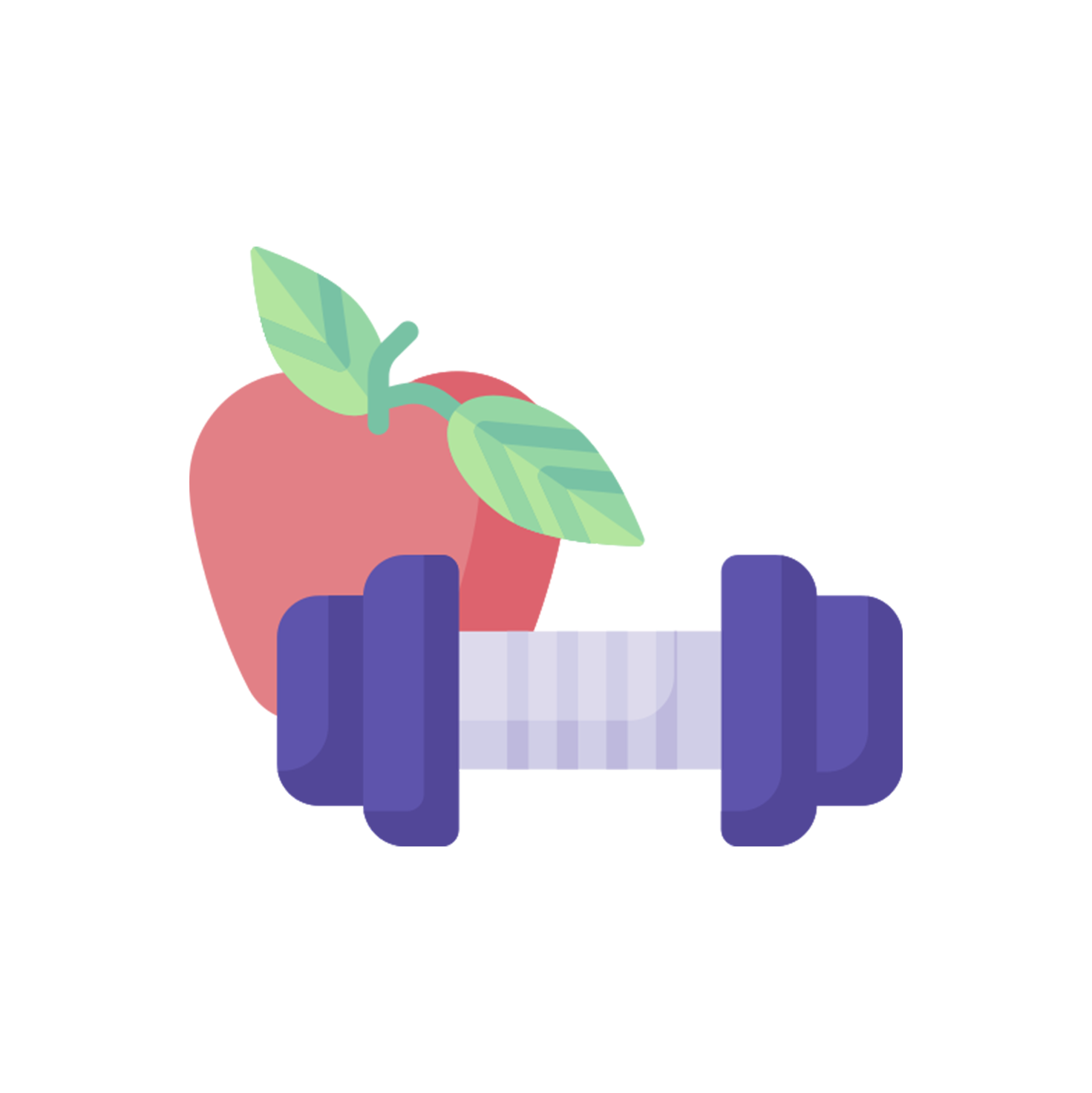The spring blooming season is lovely but it is also the time of the year when those who are allergic to pollen are most affected by hay fever.
What is hay fever?
Hay fever, or allergic rhinitis, happens like any other allergic reaction when the body's immune system mistakes the pollen as a harmful substance and releases antibodies and antihistamine to fight it.
Symptoms of hay fever include:
- Sneezing
- Watery eyes
- Itchy throat
- Itchy eyes and nose
- Facial pain caused by blocked sinuses
However, certain symptoms may differ depending on the pollen substance that the patient is allergic to. Asthma patients may experience more wheezing and breathlessness along with other symptoms of hay fever. Despite its name, hay fever does not typically cause fever.
Hay fever treatment
The best approach to manage an allergy is to identify the trigger and avoid it. Doctors may recommend allergy testing to help patients identify the substances that they are allergic to.
However, hay fever can often be treated with over-the-counter medications.
Here are a few of the treatment options available:
- Antihistamines
Antihistamines act to lower the amount of histamines in the body to reduce sneezing, sniffling and itching. Antihistamines can however cause drowsiness.
- Decongestants
Decongestants are sometimes used to shrink the blood vessels in the nasal passageway so as to reduce the swelling symptoms.
- Nasal spray decongestants
Nasal spray decongestants may be more effective in treating the swelling in the nasal passageway without the side effects caused by the oral antihistamines.
- Steroid nasal sprays
Nasal corticosteroids are often a treatment prescribed to treat inflammation caused by hay fever. Common examples of the prescription include fluticasone (Flonase), fluticasone (Veramyst), mometasone (Nasonex) and beclomethasone (Beconase).
- Immunotherapy
This treatment can provide long-term relief by gradually desensitizing the immune system to the triggering allergens.
Source:
© Cigna Healthcare 2023
Information provided in this article is intended for health and fitness purposes only and is not intended for use in the diagnosis of disease or other conditions, or in the cure, mitigation, treatment or prevention of disease (see Terms & Conditions for details). Any health-related information found in this article is available only for your interest and should not be treated as medical advice. Users should seek any medical advice from a physician, especially before self-diagnosing any ailment or embarking on any new lifestyle or exercise regime. Any information contained in this article may not be suitable, accurate, complete or reliable. Cigna Healthcare accepts no responsibility for the content or accuracy of information contained on external websites or resources, or for the security and safety of using them. "Cigna Healthcare" and the "Tree of Life" logo are registered trademarks of Cigna Intellectual Property, Inc. in the United States and elsewhere, licensed for use. All products and services are provided by or through operating subsidiaries, and not by The Cigna Group.



